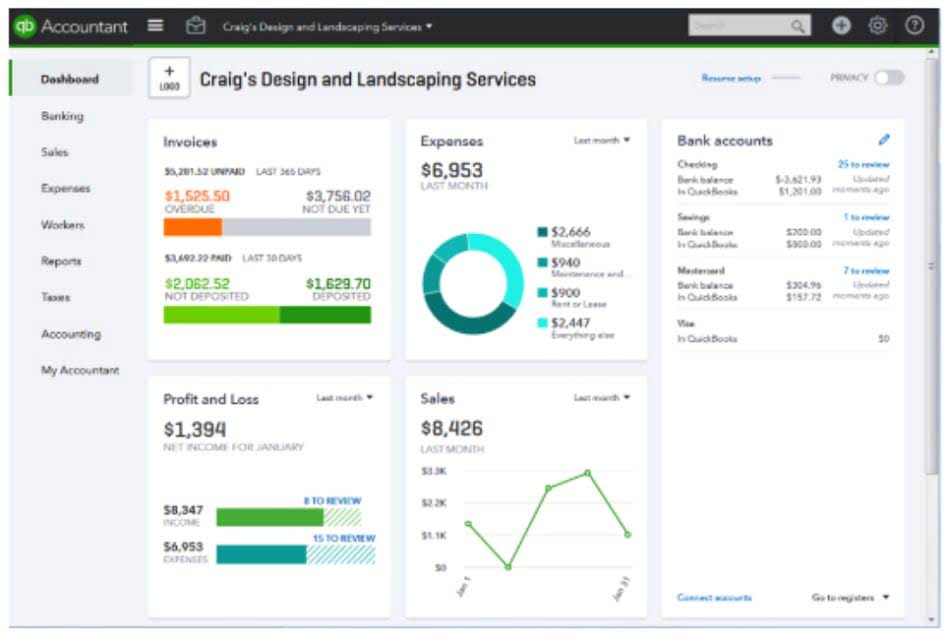ABC Analysis in Inventory Management: Comprehensive Guide

The ABC system provides a more accurate approach to assigning indirect costs to products and services than traditional costing retained earnings balance sheet methods do, thus improving cost efficiency and driving better decision-making. This article will explore the nuts and bolts of ABC, providing an in-depth understanding of this critical financial management tool. The ABC methodology involves calculating the cost driver rate by relating total overhead costs to the number of occurrences of the cost-driving activity. With this cost driver rate, businesses can determine how much of each overhead cost can be allocated to a specific product or service based on its consumption of cost-driving activities.

Why is ABC a more accurate costing method compared to traditional costing?
- The total cost for each activity pool is divided by the activity quantity metric.
- Tracing costs to their respective activities is the core mechanism that makes Activity-Based Costing stand out from other methodologies.
- With this data, the system can instantly classify items into A, B, or C categories, and adjust them as trends shift, without manual calculations.
- The consultant used ABC and concluded that CAPlayer is more profitable than GLASSESong.
- Category C – This category includes coffee beans and blends with lower sales and minimal impact on revenue.
- By doing all that, you could substantially cut down on inventory, reduce holding costs, prevent stock-outs and overstocking, develop a more reliable order processing time, and keep customers happy.
The formula for activity-based costing is the cost pool total divided by the cost driver, which yields the cost driver rate. To find the cost driver rate, divide the total cost pool by the total cost drivers, which helps calculate related overhead and indirect costs. In contrast, for the luxury product, manufacturing overhead costs based on labor hours were higher when compared to the activity-based approach.

The steps involved in carrying out an ABC analysis
Ascertaining the product profitability and customer profitability, the ABC method has contributed effectively for the top management’s decision-making process. This is a continuous improvement process in terms of analysing the cost, to reduce or eliminate the non-value-added activities and to achieve an overall efficiency. A cost pool is a collection of overhead costs that are logically related to the tasks being performed. Cost pool is like a Cost centre or activity centre around which costs are accumulated. Transaction drivers include number of transaction which results in overhead costs e.g., inspections performed, setups undertaken, number of purchase orders etc. Refer to drivers QuickBooks ProAdvisor which directly charge for the resources used each time as activity is performed.
ABC: Antecedent, Behavior, Consequence
– ABC Analysis would end up prioritizing high-cost SKUs like MRI, PET Scan machines. To show the real-life practical application of ABC analysis, let’s just consider an example of an Automotive parts manufacturer. As its primary focus is on the monetary value of SKUs, other factors such as perishability, seasonal demand, and operational criticality may get neglected. Similarly, low-value SKUs in Category C must be monitored to ensure inventory working capital is not tied in an overstocked situation. If adding items to the product line can increase profits, then we can say that the product line is too short. On the contrary, the line is too long if dropping abc principle definition items can increase profits.
- This enables businesses to better allocate overhead and indirect costs to relevant products and services and optimize pricing strategies.
- Firstly, the implementation process of ABC can be time and resource-consuming, owing to the granularity that ABC demands in cost allocation.
- This may mean that you need to increase your prices in order to maintain an acceptable profit margin.
- When it comes to supply chain and warehouse management, ABC inventory analysis is majorly used for the stock count cycles.
Accounting Practices for Merchandising Companies

In Activity-Based Costing, identifying primary activities and creating cost pools is crucial to mapping out how costs flow through your business. Initially, you’ll want to define the primary activities—these are the essential tasks that directly contribute to the delivery of your product or service. Think in terms of production, procurement, distribution, and after-sales service, among others. When evaluating costing methods, it’s essential to compare traditional costing approaches with ABC costing to understand their differences and impact on product cost accuracy.
- The costs related to individual activities like chassis manufacturing, painting, engine fitting, quality control testing, and so on can be computed using ABC.
- Implementing ABC analysis can greatly enhance inventory management but requires more than just initial categorization.
- While beneficial for analyzing behaviors in educational settings, the ABC model has limitations in cases involving deeper psychological issues.
- In a service environment, the allocation of costs to service delivery may not be easy.
- This simplistic approach can lead to inaccuracies, especially in organizations with a wide range of products consuming resources at different rates.
- It is a system to improve strategic and operational decisions in an organization.

